Table of Contents
Car Dies While Driving; Mercedes GLE W167 Case Study
When your Mercedes suddenly dies while driving, it’s one of the most alarming situations you can face especially if it happens at high speed.
Beyond the immediate safety risk, this issue often points to underlying electrical or fuel-delivery faults that must be diagnosed quickly to avoid severe component damage.
In this case study, we’ll break down a real Mercedes-Benz GLE W167 with the OM654 Engine, covering the diagnostic steps, root cause, and repair process that restored reliability.
For a complete guide on diagnosing electrical faults, fuel-pump communication issues, and CAN network dropouts, visit our master hub:
Mercedes Electrical Problems: Fix SAM, ECU & CAN Bus Faults
Understanding the Issue; Why a Mercedes Dies While Driving
When an engine dies mid-drive, it typically means the ECU (Engine Control Unit) has lost one of three essentials:
- 1. Fuel delivery,
- 2. Ignition/combustion control, or
- 3. Electrical power (12 V / CAN Bus communication).
On modern Mercedes-Benz vehicles, even a slight voltage drop or fuel-pressure deviation can cause the ECU to shut down the injection sequence for safety cutting the engine abruptly.
Vehicle Profile
| Parameter | Details |
|---|---|
| Model | Mercedes-Benz GLE W167 |
| Engine | OM654 2.0 L Inline-4 Turbo Diesel |
| System Type | Common-Rail Diesel with Electric Low-Pressure Feed Pump |
| Mileage | 89,000 km |
| Customer Complaint | “Car dies while driving, engine shuts off randomly.” |

Customer Complaint & Symptom Verification
The customer described the following:
“While driving at around 80 km/h, the engine suddenly stopped. I lost power steering and braking assist, but the dashboard stayed lit. The car restarted after a few minutes, then died again later.”
Observation during intake:
- – Engine starts normally.
- – Idles smoothly.
- – No visible fuel leaks or smoke.
- – Dashboard shows Check Engine and Start/Stop unavailable messages.
This pointed toward a fuel-pressure or ECU control fault both governed through the electrical system.
Diagnostic Process : XENTRY Analysis
Using Mercedes XENTRY Diagnostics, a full system scan was performed.
Fault Codes Logged:
- P0087 : Fuel rail/system pressure too low.
- P0191 : Fuel rail pressure sensor circuit range/performance.
- U1110 : Communication fault between fuel pump control unit and ECU.
Live Data Readings:
| Parameter | Expected | Actual |
|---|---|---|
| Rail Pressure at Idle | 250–300 bar | 90–100 bar |
| Low-Pressure Feed | 5.0 bar | 1.1–1.4 bar |
| Battery Voltage (Running) | 14.2 V | 14.2 V |
| ECU Communication | Stable | Intermittent signal drop |
Interpretation:
Electrical supply and alternator were fine, but fuel delivery pressure was below threshold and the feed pump’s signal dropped intermittently, suggesting either a failing pump or connector fault.
Step-by-Step Troubleshooting
Step 1: Power Supply Test to the Low-Pressure Pump
- – Checked fuse (F32/10) and relay control → OK.
- – Measured voltage at pump connector during ignition: 12.1 V → OK.
Step 2: Current Draw Measurement
- – Using a clamp meter, measured amperage draw: only 1.2 A (below normal 4–5 A).
→ Indicates pump motor wear or internal resistance.
Step 3: Fuel Volume Test
- – Disconnected fuel return line and measured delivery rate:
- => 100 mL in 10 s → well below normal (250–300 mL).
→ Confirms weak low-pressure fuel pump.
- => 100 mL in 10 s → well below normal (250–300 mL).
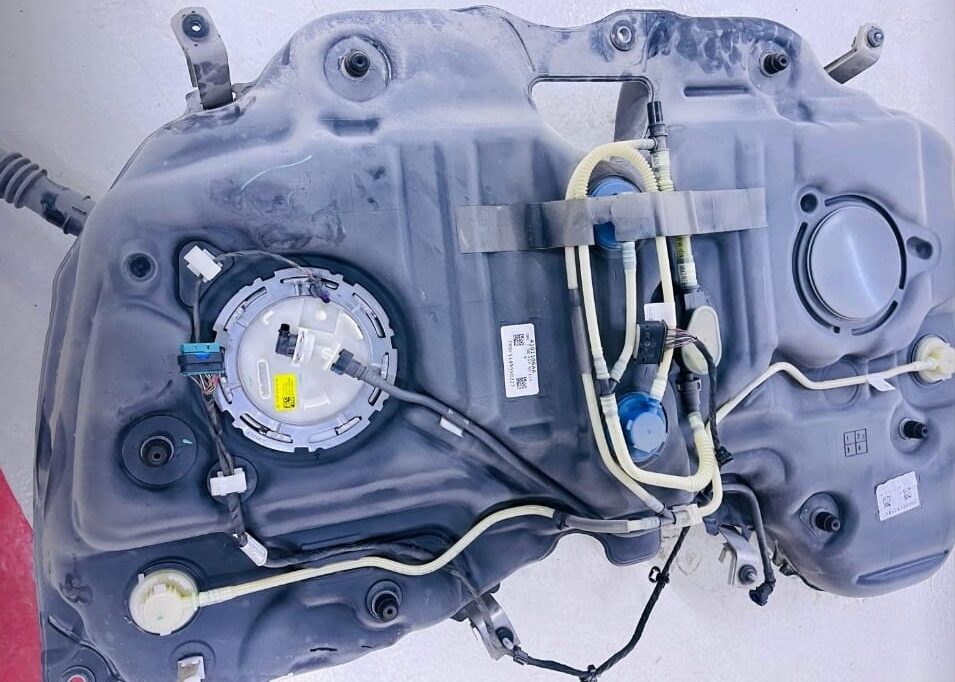
Root Cause Analysis
The low-pressure fuel pump (LPFP), located inside the fuel tank, had gradually weakened.
As pressure dropped under load, the ECU cut injection to protect the high-pressure system causing engine shutdown mid-drive.
Although this fault appeared mechanical, the initial ECU error showed a CAN Bus dropout between the fuel-pump control unit and ECU.
Such electrical communication losses are often explained in Mercedes Electrical Problems: Fix SAM, ECU & CAN Bus Faults, where similar voltage and signal disruptions lead to sudden engine stops.
Repair Procedure
Step 1: Safety Preparation
- – Battery disconnected.
- – Fuel tank drained and depressurized.
- – Rear seat and access panel removed.
Step 2: Fuel Pump Replacement
- – Old LPFP removed and inspected → impeller scored, motor noisy.
- – New OEM low-pressure fuel pump (A 167 470 45 00) installed.
- – Electrical connector cleaned and reseated with dielectric grease.
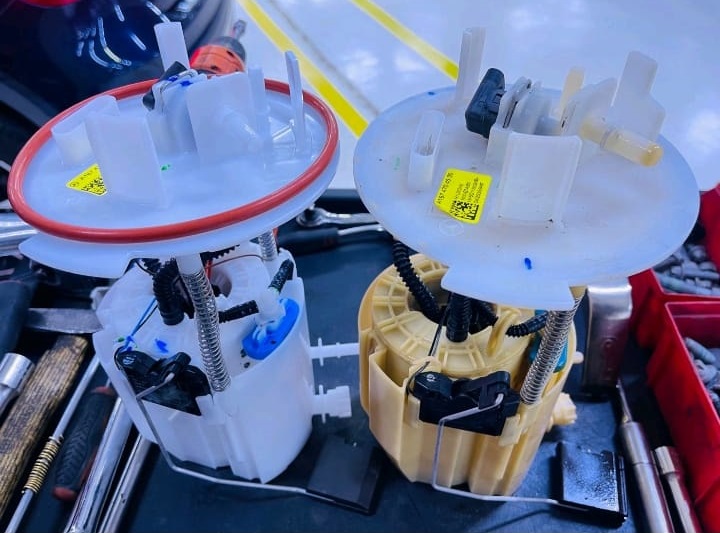
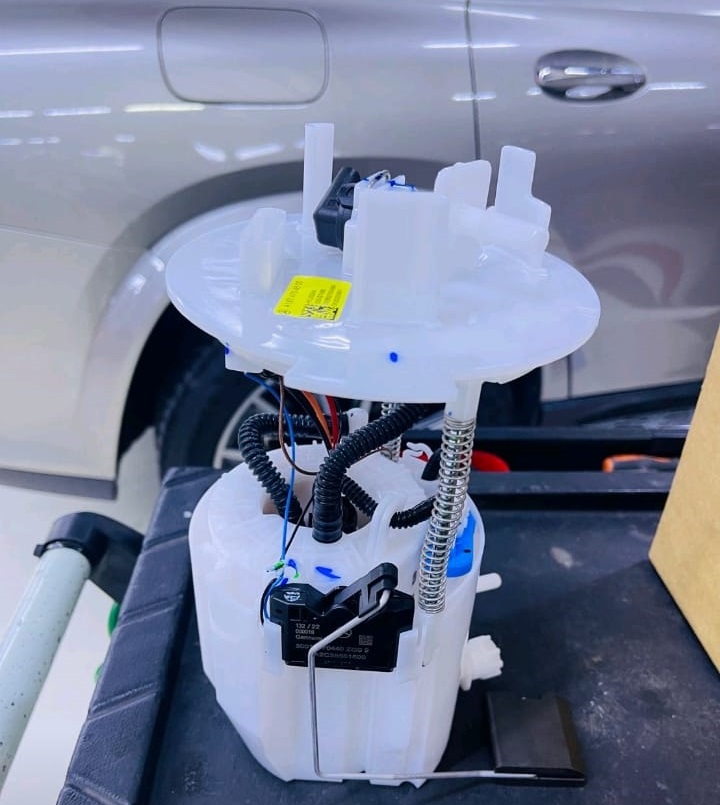
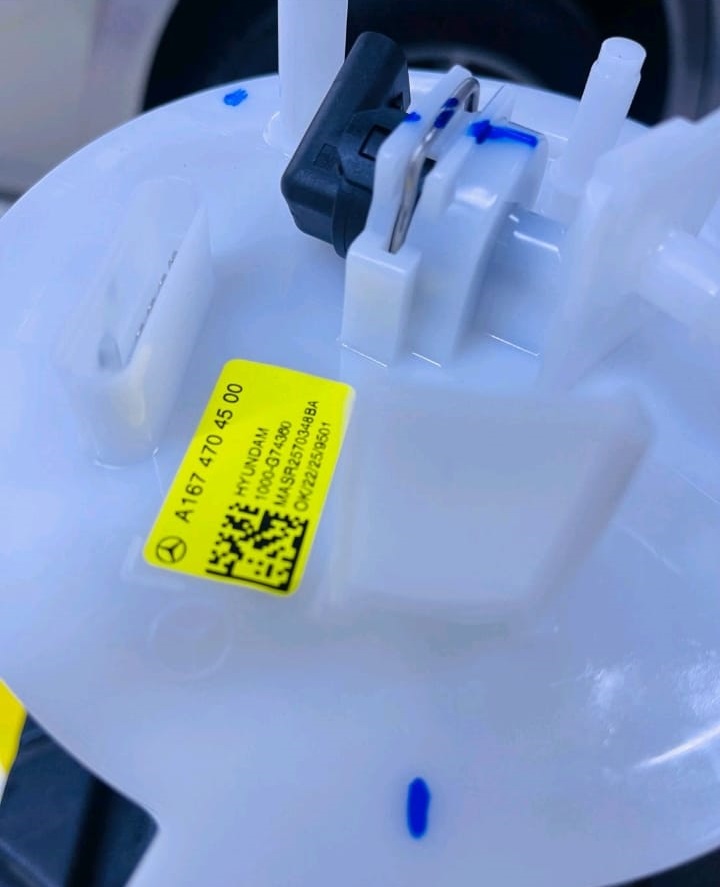
Step 3: Reassembly
- – Tank resealed.
- – Harness clips refitted to avoid wire chafing.
- – Battery reconnected.
Step 4: System Reset & Relearn
- – XENTRY → Fuel System Initialization / Bleed Sequence.
- – Cleared DTCs and monitored live data.
Verification & Road Test
| Parameter | Before | After |
|---|---|---|
| Idle Fuel Pressure | 90–100 bar | 280 bar |
| Low-Pressure Feed | 1.1 bar | 5.1 bar |
| ECU Communication | Intermittent | Stable |
| Driving Performance | Engine stalls mid-drive | Smooth acceleration |
| Fault Codes | P0087, P0191, U1110 | None |
After a 15-km road test under varying loads and temperatures, the vehicle operated flawlessly.
No warning lights reappeared, confirming a complete fix.
Root Cause Summary
| Fault Area | Description |
|---|---|
| Primary Cause | Weak low-pressure fuel pump unable to maintain required supply pressure |
| Secondary Symptom | ECU shut down due to residual pressure drop and CAN Bus timeout |
| Electrical Status | Supply voltage OK; communication signal restored post-repair |
| Resolution | Replaced LPFP, cleaned connector, cleared ECU adaptations |
Technical Insight; Why Electrical Systems Matter
In Mercedes vehicles like the GLE W167, the fuel pump, ECU, and front SAM communicate constantly over the PT-CAN network.
If voltage drops or a connector introduces resistance, the ECU may interpret it as a pressure fault, even when the pump itself is mechanically sound.
Therefore, a complete electrical inspection is essential for any “engine dies while driving” complaint.
Read more about cross-system electrical diagnostics in:
Safety Note: What to Do if Your Car Dies While Driving
If your Mercedes engine suddenly shuts off:
- 1. Stay calm and steer gently power steering will be heavier.
- 2. Signal and move to the road shoulder using remaining momentum.
- 3. Turn on hazard lights to alert others.
- 4. Attempt restart in Neutral.
- 5. If engine won’t start, call roadside assistance.
Do not attempt complex repairs roadside. - 6. After recovery, have the vehicle scanned with XENTRY to detect intermittent faults.
Preventive Maintenance Checklist
| Inspection | Frequency | Purpose |
|---|---|---|
| Fuel-pressure readings | Every 20,000 km | Detect weak pump early |
| Battery & alternator voltage | Every service | Prevent voltage drop-related ECU faults |
| Fuel-filter replacement | 40,000–60,000 km | Maintain pressure stability |
| CAN connector cleaning | Yearly | Avoid oxidized pins and false pressure codes |
Conclusion
This Mercedes GLE W167 “Car Dies While Driving” case demonstrates how electrical and fuel systems are deeply interconnected in modern Mercedes vehicles.
While the immediate cause was a weak low-pressure fuel pump, the underlying fault involved a communication loss between the ECU and fuel-supply module an issue traceable through network diagnostics.
By following a structured approach fault scan, voltage check, component testing, and OEM replacement the technician restored normal operation and reliability.
Author Bio
Written by Mercedes Expert
With years of hands-on experience diagnosing and repairing Mercedes-Benz systems, he brings technical depth and practical case studies to help car owners, technicians, and enthusiasts troubleshoot complex automotive issues. His work focuses on clear repair guides, OEM-level procedures, and knowledge-sharing to empower both professionals and drivers.
Last update: November 2025

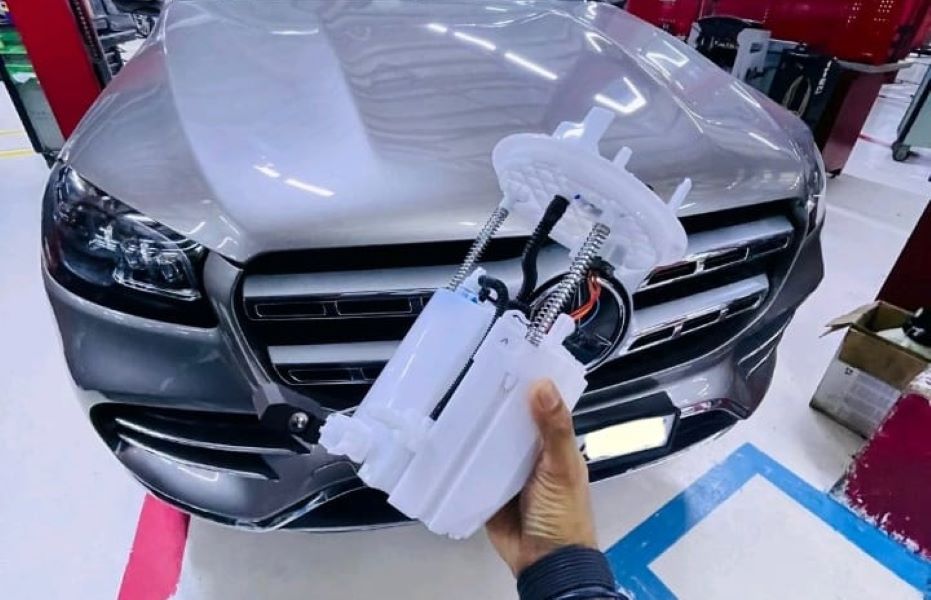




Leave a Reply